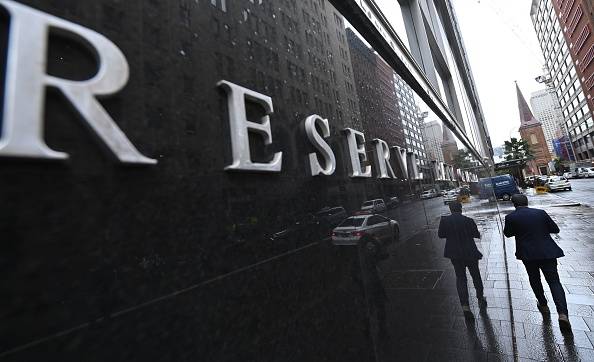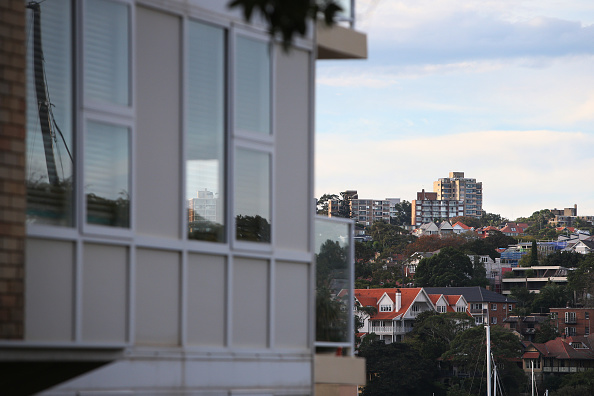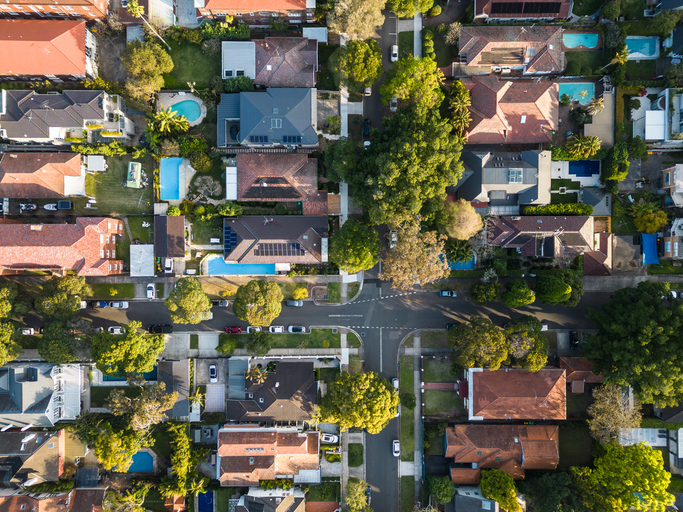More pain for mortgage holders as RBA announces another rate rise
Governor Michele Bullock said the 0.25 percent increase was ‘warranted’ to battle persistent inflation levels
After months of speculation, the Reserve Bank has raised the cash rate by 25 basis points at a meeting of the board this afternoon, bringing the interest up to 4.35 percent. It marks the first increase since Michele Bullock took on the role of RBA Governor in September but was widely expected, with all four of the major banks predicting the rise.
Pointing to the increasing costs of services, which has resulted in a rate of inflation that is proving hard to draw down, the board said today that the target of 3.5 percent level of inflation was not likely to be achieved until the end of next year.
“Inflation in Australia has passed its peak but is still too high and is proving more persistent than expected a few months ago,” Ms Bullock said in a statement. “The latest reading on CPI inflation indicates that while goods price inflation has eased further, the prices of many services are continuing to rise briskly. While the central forecast is for CPI inflation to continue to decline, progress looks to be slower than earlier expected. “The Board judged an increase in interest rates was warranted today to be more assured that inflation would return to target in a reasonable timeframe.”
While today’s decision would not be welcomed by mortgage holders, CoreLogic research director Tim Lawless said it would likely take some of the heat out of the housing market where prices have continued to their upward trajectory.
“Another 25 basis points translates, roughly, to another $80 per month in mortgage repayments on a $500k loan on top of the $1,040 monthly increase already seen since rates started to rise in May last year,” he said. “Higher interest rates also imply a further diminishing in borrowing capacity as lenders continue to assess borrowers using a three-percentage point serviceability buffer.”
While global events such as the Israel-Gaza conflict were beyond the control of Australian markets, he said it was important to avoid high inflation becoming entrenched.
However, Zippy Financial director and principal broker Louisa Sanghera said the board’s decision did not make sense given many mortgage holders were already stretched to the limit following a 4 percent rise in rates since May last year.
“Many of the new or existing borrowers we speak with have absolutely no chance of refinancing, with a lot of them technically not servicing their current debt levels,” she said.
“Over the past two months in particular, borrowers are becoming more desperate with many homeowners turning to interest-only repayments as the only way they can continue to hold on to their homes.
“Unfortunately, their current lenders don’t necessarily offer interest only to owner occupiers – and they can’t refinance – so they may need to sell or opt for a repayment pause to keep the roof over their heads.”
This stylish family home combines a classic palette and finishes with a flexible floorplan
Just 55 minutes from Sydney, make this your creative getaway located in the majestic Hawkesbury region.
Continued stagflation and cost of living pressures are causing couples to think twice about starting a family, new data has revealed, with long term impacts expected
Australia is in the midst of a ‘baby recession’ with preliminary estimates showing the number of births in 2023 fell by more than four percent to the lowest level since 2006, according to KPMG. The consultancy firm says this reflects the impact of cost-of-living pressures on the feasibility of younger Australians starting a family.
KPMG estimates that 289,100 babies were born in 2023. This compares to 300,684 babies in 2022 and 309,996 in 2021, according to the Australian Bureau of Statistics (ABS). KPMG urban economist Terry Rawnsley said weak economic growth often leads to a reduced number of births. In 2023, ABS data shows gross domestic product (GDP) fell to 1.5 percent. Despite the population growing by 2.5 percent in 2023, GDP on a per capita basis went into negative territory, down one percent over the 12 months.
“Birth rates provide insight into long-term population growth as well as the current confidence of Australian families,” said Mr Rawnsley. “We haven’t seen such a sharp drop in births in Australia since the period of economic stagflation in the 1970s, which coincided with the initial widespread adoption of the contraceptive pill.”
Mr Rawnsley said many Australian couples delayed starting a family while the pandemic played out in 2020. The number of births fell from 305,832 in 2019 to 294,369 in 2020. Then in 2021, strong employment and vast amounts of stimulus money, along with high household savings due to lockdowns, gave couples better financial means to have a baby. This led to a rebound in births.
However, the re-opening of the global economy in 2022 led to soaring inflation. By the start of 2023, the Australian consumer price index (CPI) had risen to its highest level since 1990 at 7.8 percent per annum. By that stage, the Reserve Bank had already commenced an aggressive rate-hiking strategy to fight inflation and had raised the cash rate every month between May and December 2022.
Five more rate hikes during 2023 put further pressure on couples with mortgages and put the brakes on family formation. “This combination of the pandemic and rapid economic changes explains the spike and subsequent sharp decline in birth rates we have observed over the past four years,” Mr Rawnsley said.
The impact of high costs of living on couples’ decision to have a baby is highlighted in births data for the capital cities. KPMG estimates there were 60,860 births in Sydney in 2023, down 8.6 percent from 2019. There were 56,270 births in Melbourne, down 7.3 percent. In Perth, there were 25,020 births, down 6 percent, while in Brisbane there were 30,250 births, down 4.3 percent. Canberra was the only capital city where there was no fall in the number of births in 2023 compared to 2019.
“CPI growth in Canberra has been slightly subdued compared to that in other major cities, and the economic outlook has remained strong,” Mr Rawnsley said. “This means families have not been hurting as much as those in other capital cities, and in turn, we’ve seen a stabilisation of births in the ACT.”
This stylish family home combines a classic palette and finishes with a flexible floorplan
Just 55 minutes from Sydney, make this your creative getaway located in the majestic Hawkesbury region.


















